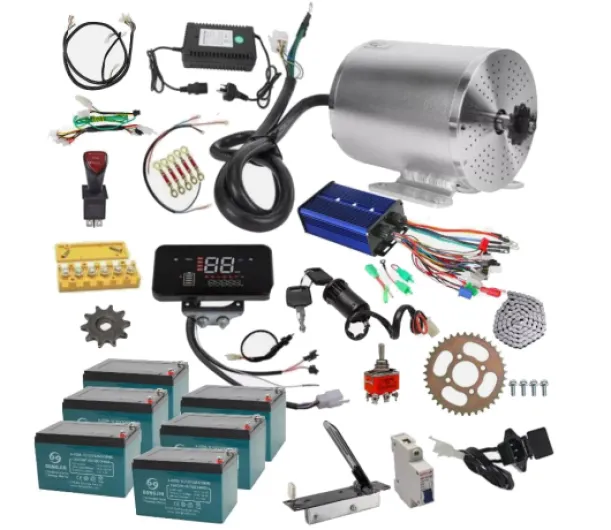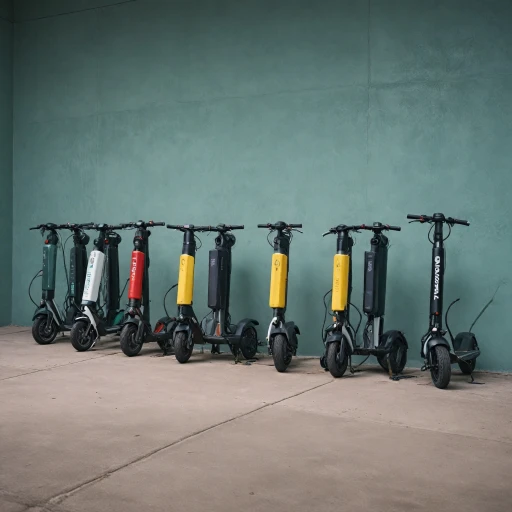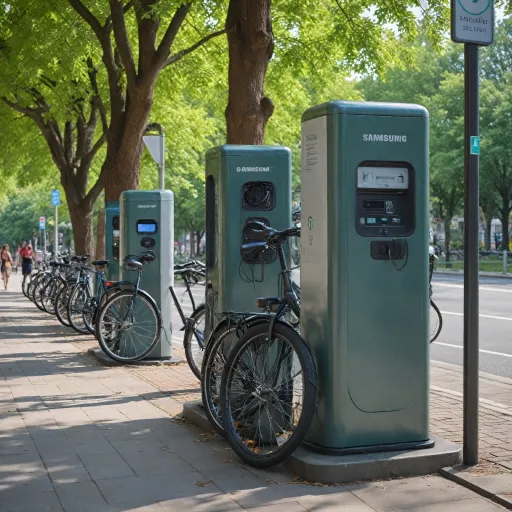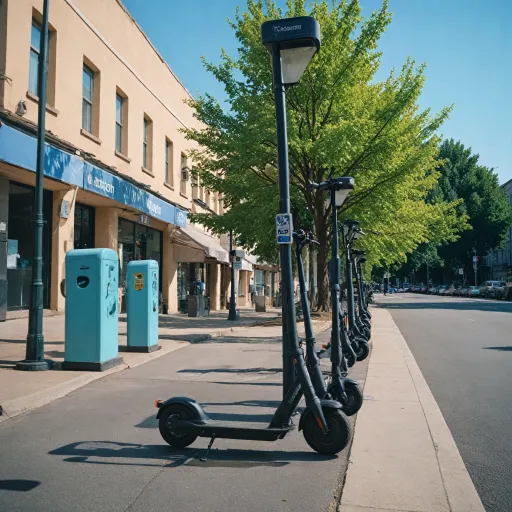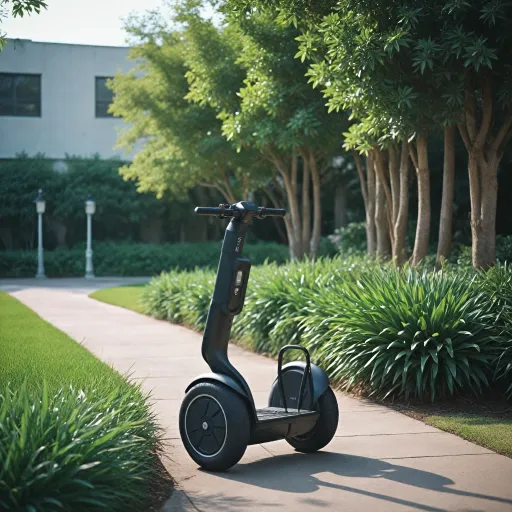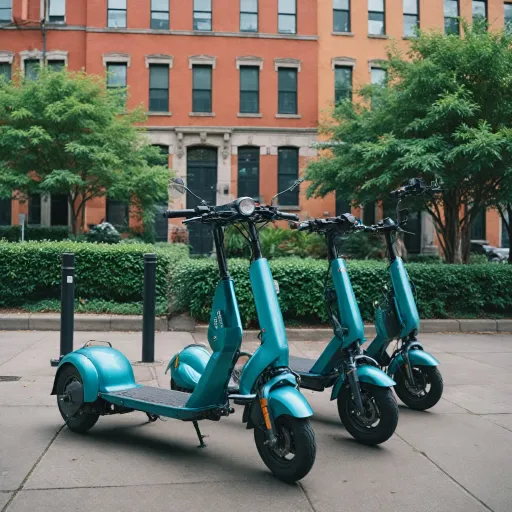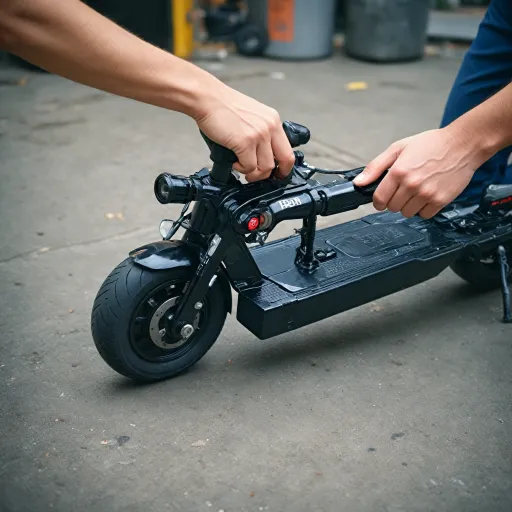
Understanding the basics of a 72 volt battery build
What Makes a 72 Volt Battery Special?
Building a 72 volt battery for your electric scooter means stepping up to a high-performance level. This voltage is commonly found in powerful models like Sur Ron bikes, golf carts, and high-speed e-bikes. The main advantage is more power for your motor, which translates to faster acceleration and longer rides. However, it also means you need to be careful with your choice of battery cells, wiring, and safety accessories.
Key Components in a 72V Battery Build
- Battery Cells: Most 72V battery packs use lithium ion cells for their high energy density and long life. Popular options include 18650 or 21700 cells, which are also used in many ebike battery and golf cart battery kits.
- Configuration: The way you connect your cells (series and parallel) determines the final voltage and capacity. For a 72V pack, you typically need 20 cells in series (20S), but the total number depends on your desired range and power.
- Battery Management System (BMS): A BMS is essential for monitoring cell voltage, balancing, and protecting your battery from overcharge or deep discharge. This is especially important with high voltage packs.
- Charger: You’ll need a compatible lithium battery charger, ideally a smart charger, to safely recharge your pack. Chargers with a common port are popular for their simplicity.
Why Safety and Quality Matter
When working with high voltage lithium batteries, safety is critical. Using quality wiring, connectors, and protective gear reduces the risk of shorts or overheating. It’s also important to choose products and kits from reputable sources, even if the price is higher, to ensure reliability and safety. Free shipping and price save deals are tempting, but always prioritize quality over cost.
Planning Your Build
Before buying any battery kit or motor kit, consider your scooter’s requirements and your riding style. Will you use your pack for a Sur Ron, golf cart, or a custom electric bike? Each application may need different options for cells, BMS, and chargers. Take time to compare products, check reviews, and look for kits that include all necessary materials for assembly.
For a deeper dive into the basics and what to expect when replacing or upgrading your battery, check out this guide on understanding the essentials of replacing your electric scooter battery.
Choosing the right battery cells and configuration
Key Factors When Selecting Battery Cells
Choosing the right cells is the foundation of a reliable 72 volt battery pack for your electric scooter. The most popular option is lithium ion, known for its high energy density and long cycle life. Lithium batteries are lighter and more efficient than traditional lead-acid batteries, making them ideal for high-performance applications like a sur ron or golf cart conversion. When comparing products, look for reputable brands and check for certifications to ensure safety and quality.
- Cell Type: 18650 and 21700 lithium ion cells are common choices for DIY battery kits. They offer a good balance of capacity, price, and availability.
- Configuration: For a 72 volt pack, you typically need 20 cells in series (20S). The number of parallel groups (P) depends on your desired capacity and range.
- Capacity: Higher amp-hour (Ah) ratings mean longer rides, but also increase the size and weight of your battery pack.
- Discharge Rate: Make sure your cells can handle the current draw of your motor kit, especially for high power setups like sur ron or golf cart battery upgrades.
Comparing Battery Kits and Pre-Built Packs
If you prefer convenience, consider a pre-assembled battery kit. These kits often include a smart charger, BMS (battery management system), and wiring for a plug-and-play experience. While the price may be higher than sourcing individual cells, you benefit from tested safety features and free shipping from some suppliers. For custom builds, buying individual cells lets you tailor the pack to your specific needs, but requires more technical skill and the right tools.
Other Options and Considerations
Don’t forget to check the compatibility of your battery with your electric scooter’s motor and controller. Some setups, like a sur ron or golf cart, may require a common port for charging and discharging, while others use separate ports. Always verify the voltage and current ratings of your charger and BMS to avoid damaging your batteries.
For those interested in flexibility, exploring the benefits of an e-scooter with a removable battery can offer insights into modular battery options and easier maintenance.
| Cell Type | Capacity (Ah) | Discharge Rate | Price Range |
|---|---|---|---|
| 18650 Lithium Ion | 2.5 - 3.5 | 10A - 30A | $$ |
| 21700 Lithium Ion | 4.0 - 5.0 | 15A - 40A | $$$ |
| LiFePO4 | 3.2 - 3.5 | High | $$$ |
Take time to compare your options, considering price, performance, and safety. A well-chosen battery pack or kit will deliver reliable power for your electric scooter, bike, or cart, and help you save money in the long run.
Essential wiring and connectors for a safe setup
Wiring and Connectors: Key Elements for a Reliable Battery Pack
When building a 72 volt battery pack for your electric scooter, the wiring and connectors you choose are just as important as the battery cells themselves. The right setup ensures safety, efficiency, and long-term reliability for your lithium battery system.- High-Quality Wires: Use wires rated for high current to handle the demands of a powerful motor kit or golf cart battery. Thicker gauge wires reduce resistance and heat, which is crucial for both performance and safety.
- Connectors and Terminals: Secure connections are vital. XT60, XT90, and Anderson Powerpole connectors are popular options for battery packs, offering a balance of current capacity and ease of use. Always match connectors to your battery kit and charger specifications.
- Common Port vs. Separate Port: Decide if your battery management system (BMS) will use a common port (charging and discharging through the same connector) or separate ports. Common port setups are simpler but may limit charging speed. Separate ports can offer more flexibility, especially for high power battery packs.
- Fuses and Circuit Breakers: Integrate a fuse or breaker between your battery and motor to protect against short circuits and overcurrent. This is essential for lithium ion and lithium batteries, which can be sensitive to electrical faults.
- Quick Disconnects: For maintenance or upgrades, quick disconnects allow you to safely remove the battery pack or swap out components. Look for connectors that support high current and are easy to operate.
Battery management systems and monitoring tools
Why a Battery Management System (BMS) Matters
When building a 72 volt battery pack for your electric scooter, one of the most critical components is the Battery Management System, or BMS. This device is responsible for monitoring and protecting your lithium ion cells, ensuring the battery operates safely and efficiently. Without a reliable BMS, even high-quality batteries and a well-designed pack can be at risk of overcharging, deep discharging, or overheating, which can lead to reduced lifespan or even dangerous situations.
Key Functions of a BMS
- Cell balancing: Ensures all cells in your battery pack charge and discharge evenly, preventing weak cells from dragging down performance.
- Overcharge and over-discharge protection: Automatically disconnects the charger or load if voltage goes outside safe limits, protecting your lithium batteries and electric motor kit.
- Temperature monitoring: Some BMS options include sensors to detect overheating, which is especially important for high power battery packs used in sur ron, golf cart, or ebike battery builds.
- Short circuit and overcurrent protection: Prevents damage to your battery, wiring, and motor in case of a fault.
Choosing the Right BMS for Your Build
There are many BMS products and kits available, each with different features and price points. When selecting a BMS for your 72 volt lithium battery pack, consider:
- Current rating: Make sure the BMS can handle the maximum current your motor or cart battery will draw. For high power setups like sur ron or golf cart conversions, look for a BMS with a high continuous current rating.
- Port configuration: Decide between a common port or separate port BMS, depending on your charger and wiring preferences. Common port BMS units are popular for DIY battery kits due to their simplicity.
- Smart features: Some BMS options offer Bluetooth connectivity or app monitoring, allowing you to check the status of your battery pack in real time. This can be a valuable tool for monitoring cell health and performance.
- Compatibility: Ensure your BMS matches the number of cells and the chemistry of your lithium ion or lithium batteries. Not all BMS units are compatible with every battery kit or pack configuration.
Monitoring Tools for Peace of Mind
In addition to the BMS, consider adding a battery monitor or smart charger to your setup. These tools provide real-time data on voltage, current, and capacity, helping you keep track of your battery's health and performance. Many battery kits now include monitoring displays or Bluetooth modules for quick view access to essential information. Investing in a quality battery charger and monitoring system can help you save on replacement costs and extend the life of your power battery pack.
Summary Table: BMS and Monitoring Options
| Product Type | Main Features | Typical Price Range | Best For |
|---|---|---|---|
| BMS (Basic) | Cell balancing, over/under voltage protection | $30 - $80 | Standard ebike battery, DIY kits |
| BMS (Smart/Bluetooth) | App monitoring, advanced protection | $60 - $150 | High power battery, sur ron, golf cart |
| Battery Monitor | Voltage, current, capacity display | $20 - $60 | Any lithium battery pack |
| Smart Charger | Automatic cut-off, fast charging | $40 - $120 | Lithium ion, lithium batteries, battery motor kit |
When shopping for these products, look for options that offer free shipping or price save deals to get the best value for your build. Prioritizing a quality BMS and monitoring tools is essential for a safe, reliable, and long-lasting 72 volt battery pack for your electric scooter, bike, or cart.
Safety accessories and protective gear
Personal and Battery Safety Must-Haves
When working with high voltage lithium batteries, safety is not just a recommendation—it’s essential. Building a 72 volt battery pack for your electric scooter or bike means handling powerful cells and electrical components. Here are the most important safety accessories and protective gear to consider:- Insulated Gloves and Safety Glasses: Always wear insulated gloves to protect your hands from accidental shorts or sparks. Safety glasses are crucial to shield your eyes from flying debris or accidental splashes when handling batteries or assembling your kit.
- Fire-Resistant Work Surface: Use a fire-resistant mat or workbench when assembling your battery pack. Lithium ion batteries can be volatile if punctured or shorted, so a safe workspace is a must.
- Battery Storage Bags: Store your cells and completed battery packs in fireproof lithium battery bags. These bags are designed to contain flames and smoke in case of thermal runaway, which is a common risk with high power battery builds.
- Fuses and Circuit Breakers: Integrate fuses or circuit breakers into your wiring setup. These components help prevent overcurrent situations that could damage your batteries, BMS, or even your motor kit.
- Smoke and Heat Detectors: If you’re assembling your battery indoors, install smoke and heat detectors nearby. Early detection of overheating or fire is critical for safety.
- First Aid Kit: Keep a first aid kit within reach. Minor burns or cuts can happen when working with sharp tools or hot components.
Protective Accessories for Charging and Use
- Smart Charger: Use a smart charger compatible with your lithium battery pack. These chargers monitor voltage and current, helping to prevent overcharging and prolonging the life of your batteries.
- Battery Management System (BMS): A quality BMS is essential for monitoring cell balance, temperature, and voltage. It helps protect your battery pack from overcharging, deep discharge, and overheating, ensuring safe operation whether you’re powering a sur ron, golf cart, or ebike battery.
- Protective Enclosures: Enclose your battery pack in a sturdy, non-conductive case. This shields your cells from physical damage and helps prevent accidental shorts, especially if your battery is installed on a high power electric scooter or bike.
- Proper Ventilation: Ensure your battery kit and charger are used in a well-ventilated area. This reduces the risk of heat buildup, which can be a concern with high capacity lithium batteries.
Why Safety Accessories Matter
The price of safety gear is minor compared to the potential cost of battery damage or personal injury. Investing in the right kit, from fireproof storage to a reliable smart charger, not only protects your battery pack but also your investment in your electric scooter, sur ron, or golf cart battery setup. Many reputable suppliers offer free shipping on safety accessories, making it easier to price save while ensuring your build meets high safety standards. Always prioritize safety when working with lithium ion batteries and high voltage systems. The right accessories and habits will help you enjoy your electric ride with confidence.Tools and materials for assembling your battery pack
Must-Have Tools for Battery Assembly
Building a 72 volt lithium battery pack for your electric scooter requires the right set of tools and materials. Whether you are assembling a battery kit for a sur ron, golf cart, or ebike, having the correct equipment ensures a safe and efficient build. Here are the most common tools and materials you will need:
- Spot Welder: Essential for connecting lithium ion cells securely, especially in high power battery packs.
- Nickel Strips: Used to link cells together. Make sure you choose strips rated for the current your motor kit demands.
- Wire Cutters and Strippers: For precise cutting and stripping of wires during assembly.
- Multimeter: A must-have for checking voltage and continuity across your battery pack, ensuring each connection is solid.
- Heat Shrink Tubing and Electrical Tape: These provide insulation and protection for your wiring and connectors.
- Soldering Iron: Useful for attaching wires to the BMS (battery management system) and other components. Choose a high-quality product for best results.
- Battery Holders or Cell Spacers: These help keep your lithium batteries organized and prevent short circuits during assembly.
- Protective Gloves and Safety Glasses: Always prioritize safety when working with batteries and electrical tools.
- Battery Charger: Select a smart charger compatible with your 72 volt lithium battery. Options with a common port or quick view display can make monitoring easier.
Choosing Quality Materials
When selecting materials for your battery pack, consider the price, quality, and compatibility with your electric scooter or cart. Many suppliers offer battery kits with free shipping, which can help you save. Look for products that include a reliable BMS, high-quality lithium ion cells, and all necessary wiring for your setup. If you are building a power battery for a sur ron or golf cart, make sure the kit battery is rated for the motor and intended use.
Assembly Tips
- Double-check the configuration of your cells before welding or soldering.
- Keep your workspace organized to avoid mixing up batteries or wiring.
- Test your battery pack with a multimeter before connecting it to your electric scooter motor kit.
By using the right tools and quality materials, you can build a reliable and safe lithium battery pack for your electric scooter, bike, or cart. Always follow safety guidelines and manufacturer instructions for each product in your kit.
